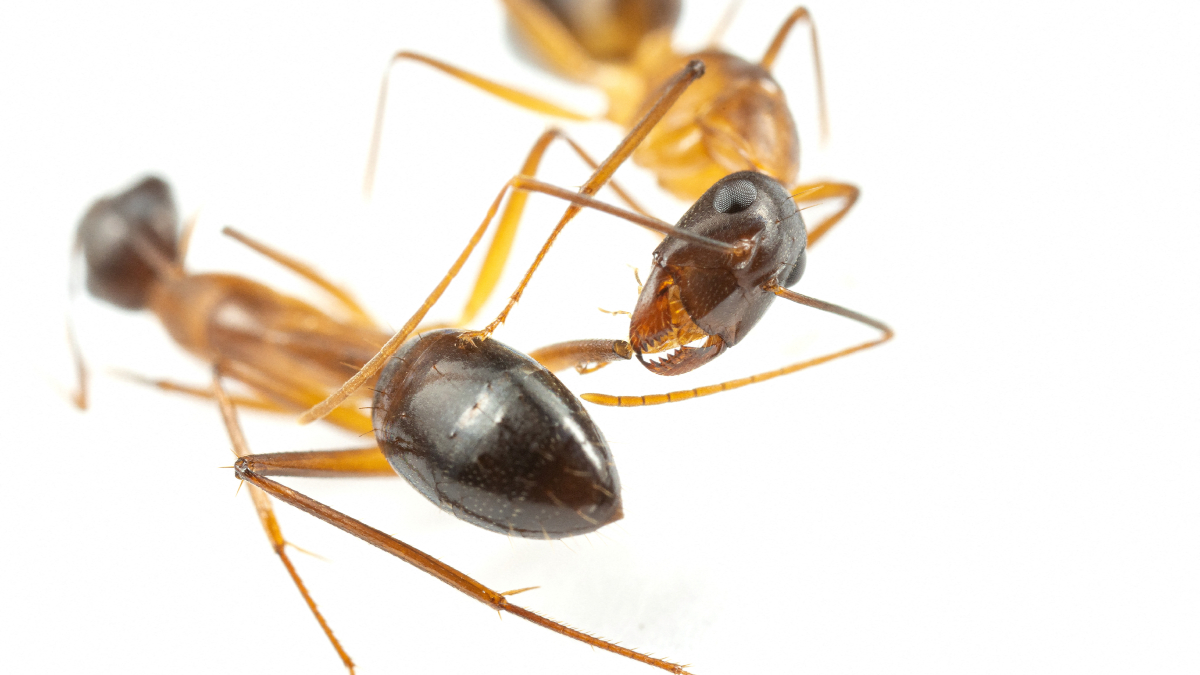Ants have been observed performing emergency amputations on injured nest mates to prevent the spread of infection and increase survival chances, a new study reveals. This discovery marks the first known instance of non-human animals conducting potentially life-saving medical procedures.
Researchers at the University of Lausanne documented how Florida carpenter ants (Camponotus floridanus) responded to injuries inflicted on their peers’ right hind limbs. The study, published in the journal Current Biology, showed that ants assess the severity and location of wounds and decide on the best course of treatment.
“The ants are able to diagnose, to some extent, the wounds and treat them accordingly to maximize the survival of the injured,” explained Dr. Erik Frank, the study’s lead author. In cases where the femur was injured, nest mates initiated amputation by biting at the trochanter, effectively severing the damaged limb.
The study also contrasted the fate of ants with different types of wounds. Ants with lower leg injuries did not undergo amputation but received wound care through licking, which did not always prevent the spread of infection as effectively as amputation did for thigh injuries.
“These findings show that the ants’ medical interventions are not only instinctual but are also tailored to specific injuries,” added Frank. He noted that such behaviors likely evolved from the ants’ need to survive and maintain their role within the colony, especially given that many ants sustain injuries during routine activities like foraging and defending territory.
Professor Francis Ratnieks from the University of Sussex, who was not involved in the study, commented on the significance of these behaviors. “It is another example of how worker ants assist each other in surviving and contributing to their colony, similar to other cooperative behaviors observed in social insects,” he said.






